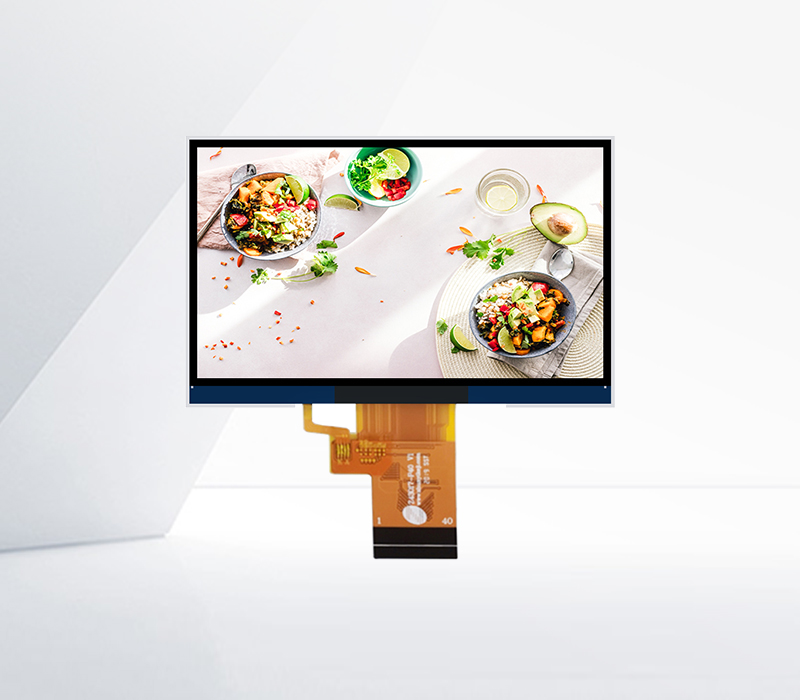



PCAP Touchscreen

PCAP (Projected Capacitive) touchscreens are one of the most widely used touchscreen technologies today, known for their high performance and reliability.
PCAP touchscreens offer excellent touch sensitivity and multi touch capabilities. They can detect multiple touch points simultaneously, allowing for gestures such as pinch to zoom, two finger scrolling, and multi finger swiping. This makes them ideal for devices that require intuitive and interactive user interfaces, such as smartphones, tablets, and laptops. For example, on a smartphone, users can easily zoom in on a map or photo using a pinch to zoom gesture, which is made possible by the PCAP touchscreen's multi touch functionality.
Another advantage of PCAP touchscreens is their durability. They are made of a thin layer of conductive material, usually indium tin oxide (ITO), which is resistant to scratches and wear. This ensures a long lasting and reliable touchscreen performance, even with frequent use. Additionally, PCAP touchscreens have a fast response time, providing a smooth and seamless touch experience for users.
However, PCAP touchscreens also have some drawbacks. They are sensitive to electrical interference, which can cause false touches or inaccurate touch detection. In environments with high levels of electromagnetic interference, such as near power lines or industrial equipment, the performance of PCAP touchscreens may be affected.
The manufacturing process of PCAP touchscreens is also relatively complex and requires high precision equipment. This can result in higher production costs, especially for large sized touchscreens. Additionally, PCAP touchscreens may not work well with gloves, as the conductive material in the touchscreen requires direct contact with a conductive object (such as a finger) to detect the touch. This can be a limitation in cold environments or for users who need to wear gloves for work.
